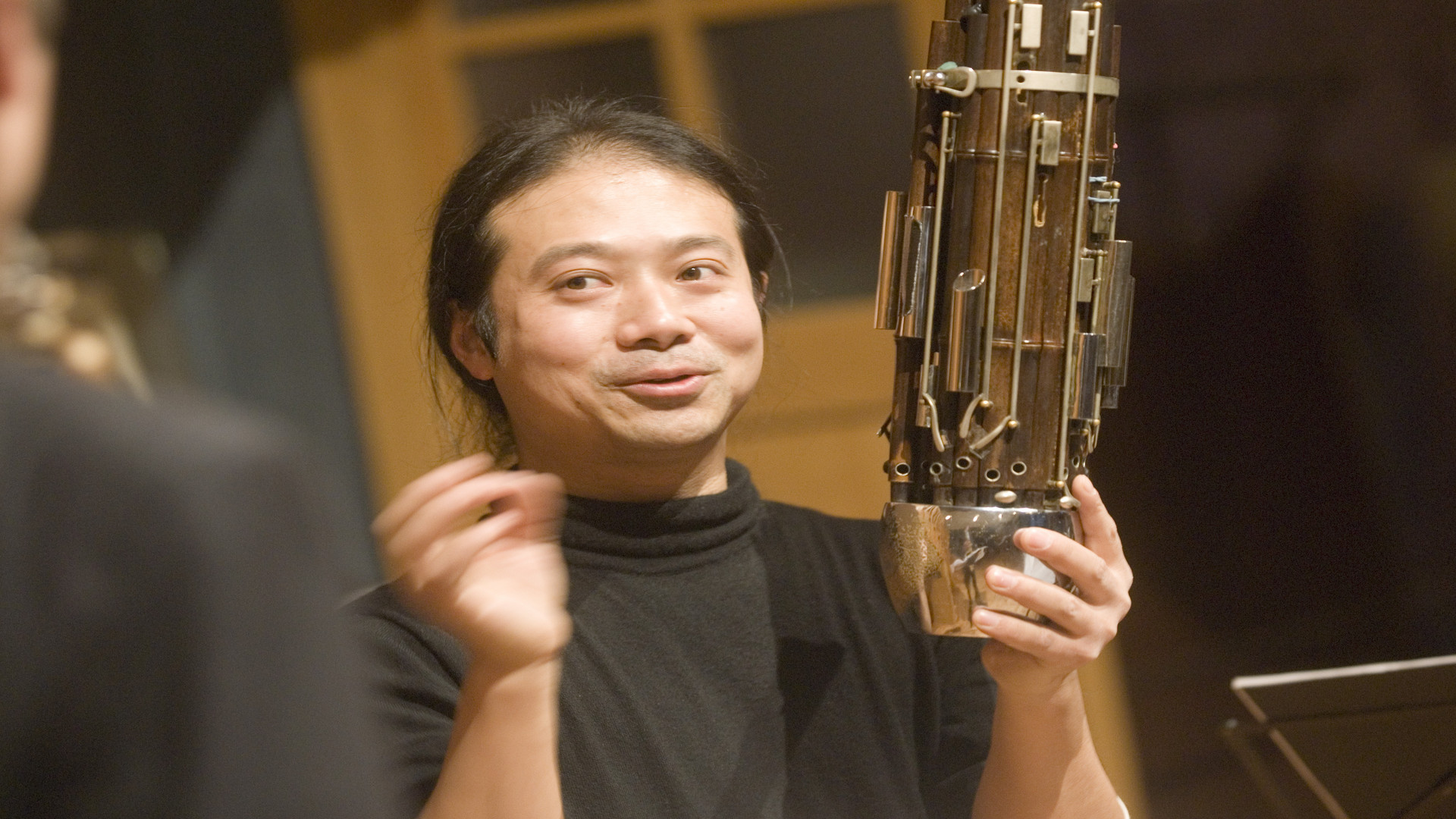Visitors can expect:
Wu Wei (Sheng), Xiao Hong Viehweg (Pipa), Helmut Joe Sachse (Guitar)
The Chinese sheng has a decisive significance for the concertina invented in Chemnitz in 1834 by Carl Friedrich Uhlig and the world cultural heritage bandoneon with the tango argentino. Through the reports of the Asian traveller Marco Polo and the resulting exchange, the aristocratic courts of Europe developed a fondness for Chinese art and culture. The fairy tale The Chinese Nightingale is an almost popular expression of this. In Europe, the discovery of the Chinese mouth organ - the sheng - was the starting point for the development of harmonicas and accordions, from whose initial experiments and tinkering Carl Friedrich Uhlig invented the easy-to-transport and easy-to-play Chemnitz concertina. The further development of this concertina and its perfection by Saxon instrument makers into the bandoneon, as well as the fact that it was taken to Buenos Aires in the luggage of German migrants, established an incomparable, never-ending journey of sound.
A virtuoso and world star on the Sheng - Wu Wei - was already Artist in Residence in 2007 without us knowing about the astonishing tonal connection between the Chinese mouth organ in particular and Alfred Arnold's "AA" bandoneon, which was built in Carlsfeld in the Ore Mountains and has become a legend in Buenos Aires. Part of Wu Wie's presence was the collaboration with the Chemnitz jazz guitarist Helmut Joe Sache - also a world star of jazz improvisation and the musician Xiao Hong Viehweg, who lives in Chemnitz. We want to repeat this constellation on the occasion of the Tango Industrial 2025 festival and thus show the tonal origins of the bandoneon from China.
"Wu Wei's virtuosity on the sheng is breathtaking; his curiosity for new musical territory is endless; his collaborative work with musicians of the most diverse styles and directions boundless; his compositional skills astounding; his stage presence captivating." (Global Ruth Preis/Rudolstadt Music Festival)
The Berlin-based Chinese sheng virtuoso Wu Wei inspires with music that spans a wide range from the beginnings of Chinese civilisation to the modern sound paintings of modern avant-gardists. He improvises on the basis of traditional Chinese music and expands it with what he has experienced in his interplay with many musicians of improvised music around the world.
With somnambulistic certainty, his airy sound patterns merge into a mesmerising whole. In this way, images of urban living environments emerge before the listener's inner eye, their glittering façades reflecting a kind of imaginary folklore.










































